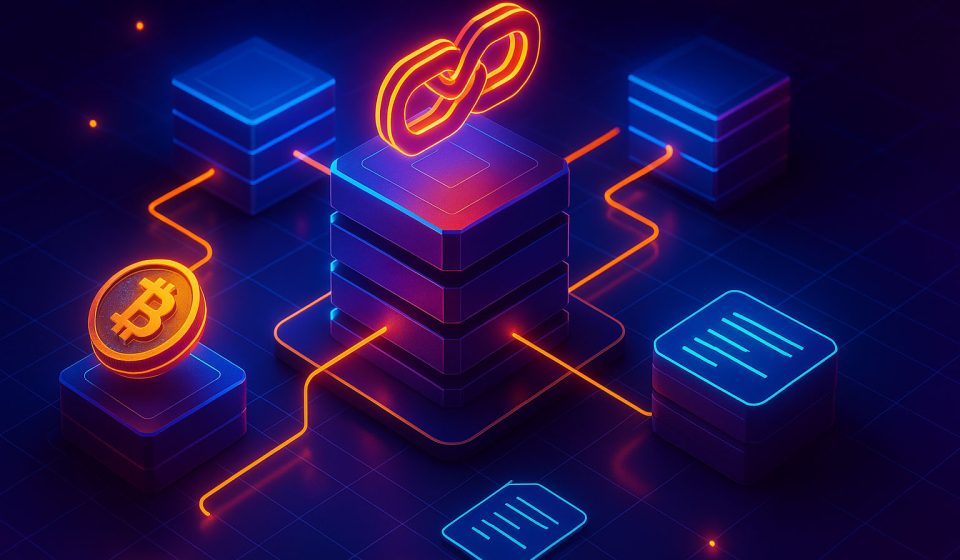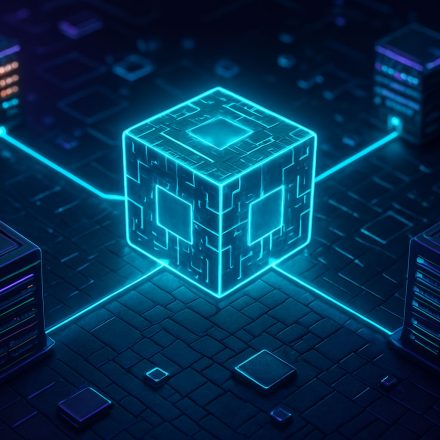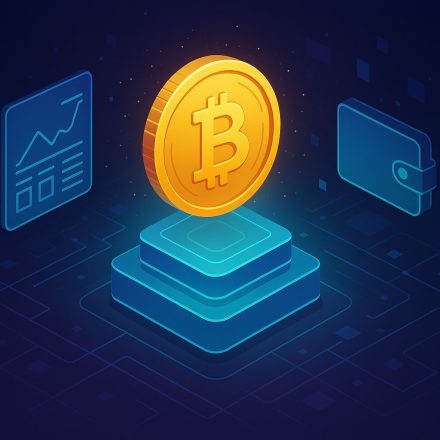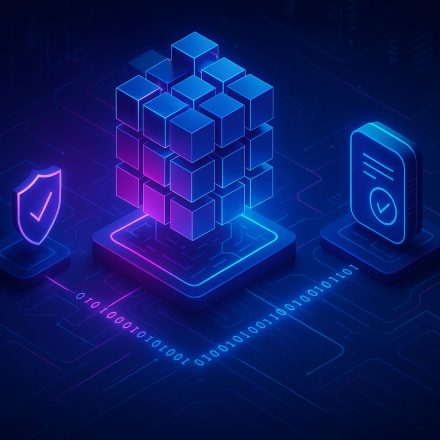
💡 How Blockchain Works: A Simple Guide for Beginners
How blockchain works is one of the most common questions for anyone new to crypto or Web3. Although it may sound complex at first, blockchain is built on a straightforward concept: a shared digital record that is secure, transparent, and decentralized.
Table Of Content
In this guide, you’ll learn how blockchain works step by step, from transaction creation to verification and block addition. Whether you’re exploring cryptocurrencies, NFTs, or Web3 development, understanding blockchain technology is the foundation for it all.
At BlockchainInsights.org, our goal is to make blockchain education clear and accessible. Let’s break it down.
🔁 The Basic Idea: What Is a Blockchain?
To understand how blockchain works, imagine a chain made up of digital “blocks.” Each block stores data — usually transactions — and is linked to the one before it, forming an unbreakable digital chain.
Each block contains:
- A list of transactions
- A timestamp
- A reference (called a “hash”) to the previous block
Once a block is added to the chain, it becomes a permanent part of the ledger. And because the blockchain is decentralized, this ledger is copied and shared across thousands of computers around the world.
This structure prevents fraud, makes tampering nearly impossible, and allows strangers to trust a shared record — without needing a middleman.
🧠 How Blockchain Works (Step-by-Step)
Here’s how blockchain works in simple terms:
1. A Transaction Is Requested
For example, Alice wants to send 1 Bitcoin to Bob.
2. The Transaction Is Broadcasted
The request is sent to a network of nodes (computers).
3. Validation by the Network
Each node verifies that Alice has the funds and that the transaction is legitimate using a consensus mechanism like Proof of Work or Proof of Stake.
4. The Transaction Is Grouped into a Block
Once verified, the transaction joins others inside a new block waiting to be added to the blockchain.
5. The Block Is Added to the Blockchain
After reaching consensus, the block is added to the chain. It now becomes a permanent, visible part of the blockchain.
6. The Transaction Is Complete
Bob receives 1 Bitcoin, and the transaction can be publicly viewed on the blockchain explorer.
This is how blockchain works — securely, transparently, and without intermediaries.
🔐 Why Blockchain Is So Secure
Blockchain is secure by design. Here’s why:
- Cryptographic Hashing: Every block includes a unique hash that’s tied to the previous block. If a hacker changes any data, the hash would break the chain.
- Consensus Mechanisms: Nodes must agree before adding new blocks. This prevents bad actors from slipping in fake transactions.
- Decentralization: Data is stored on thousands of nodes worldwide. There’s no single point of failure.
Blockchain security is the reason why it’s trusted for handling digital currencies, supply chains, and even medical records.
🌍 Real-World Use Cases
Understanding how blockchain works is crucial because it’s now being used in:
- Cryptocurrencies like Bitcoin and Ethereum
- DeFi platforms for lending, borrowing, and yield farming
- Supply chain management for transparency
- Healthcare systems for secure data sharing
- Voting systems for fraud-proof elections
Major companies like IBM, Walmart, and even governments are investing in blockchain-based infrastructure. You can explore how IBM is applying blockchain in supply chains here:
https://www.ibm.com/blockchain/solutions/supply-chain
🔗 Learn More
To continue your journey, check out our internal article:
“Key Features of Blockchain Technology Explained”
https://blockchaininsights.org/blockchain-features
And for more detailed guides, visit:
- Ethereum’s beginner section: https://ethereum.org/en/developers/docs/intro-to-ethereum/
- Investopedia’s overview: https://www.investopedia.com/terms/b/blockchain.asp
- Binance Academy: https://academy.binance.com/en/articles/what-is-blockchain-technology
📝 Final Thoughts
Now you know how blockchain works — it’s all about creating a decentralized, secure, and verifiable system to store information and transfer value. As the foundation of Web3, DeFi, and digital ownership, blockchain is powering the next phase of the internet.
At BlockchainInsights.org, we’re here to guide you through each step, from beginner basics to advanced blockchain concepts. Keep learning — the future is decentralized.




